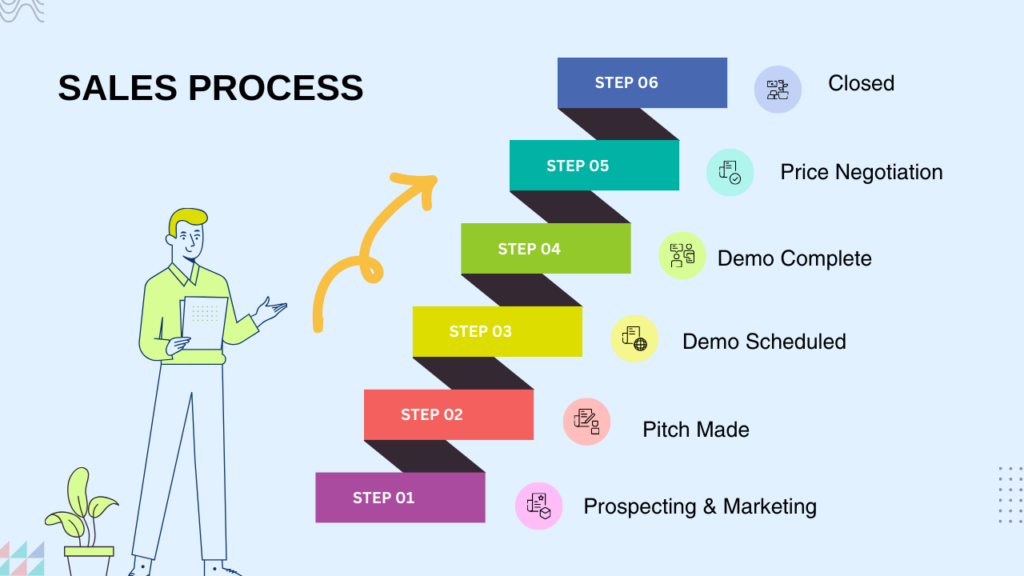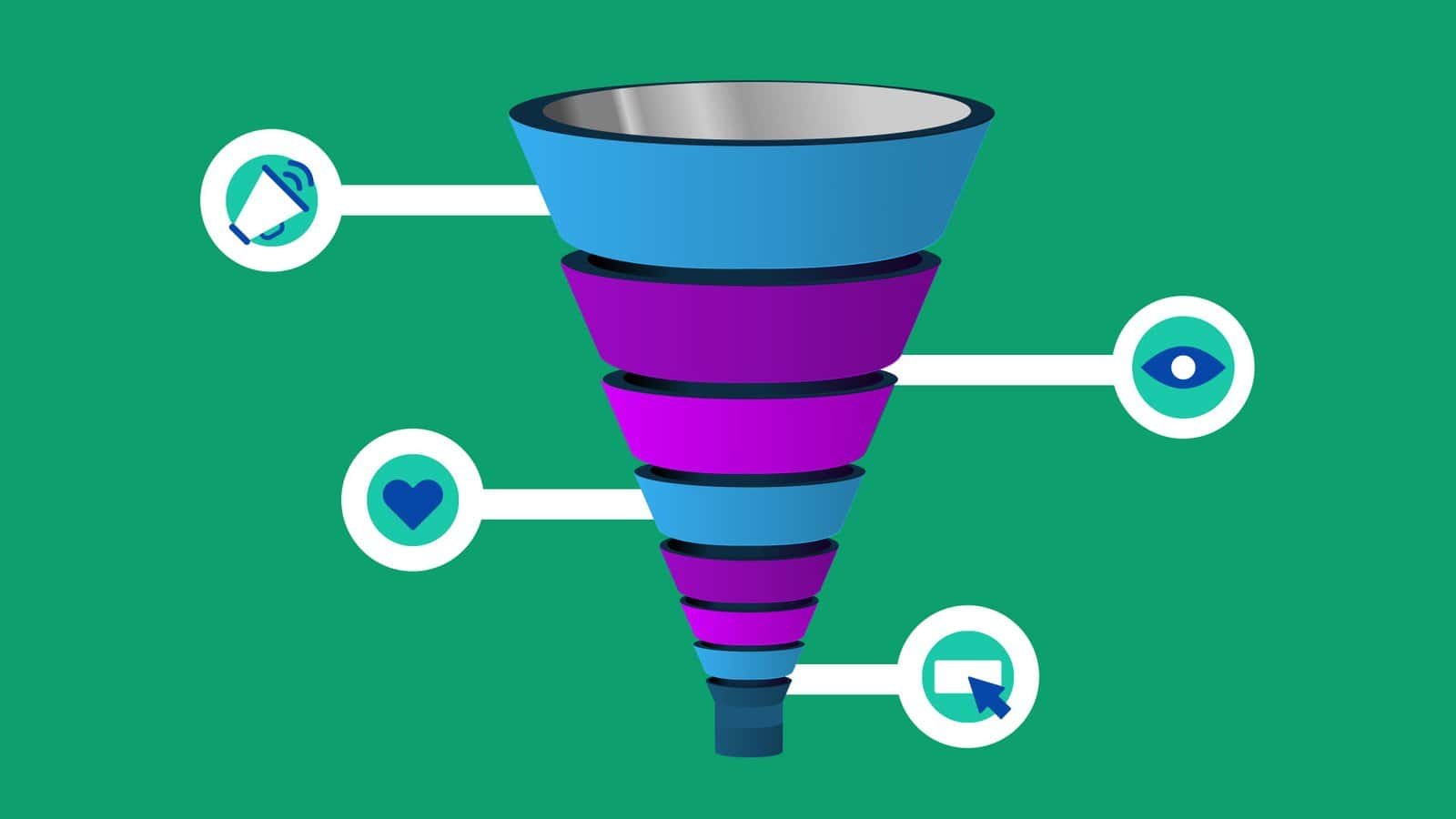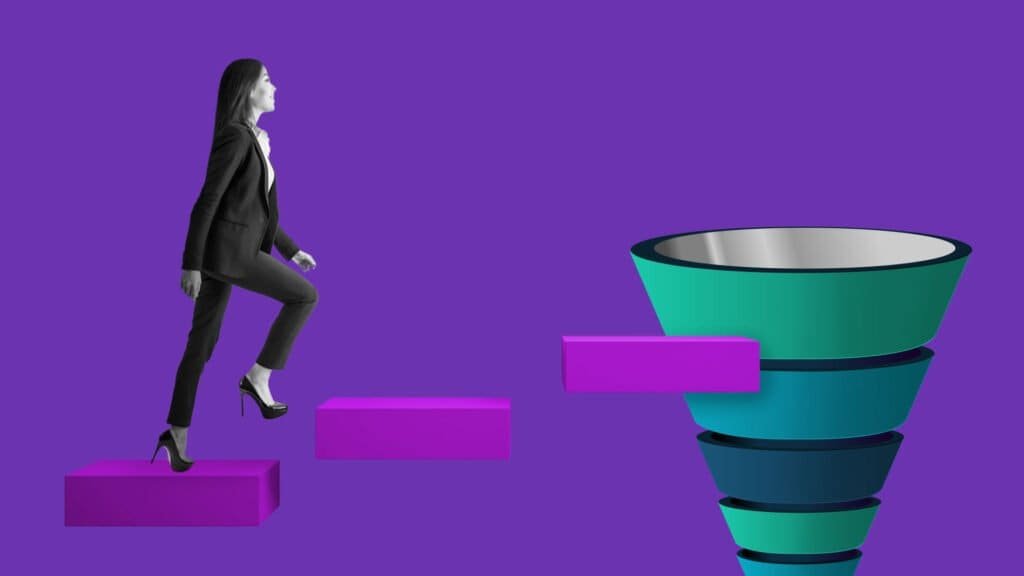What’s up, man? Ever wondered how some businesses seem to magically pull customers in and make sales like it’s a walk in the park? Well, it’s not magic; it’s psychology, and specifically, the psychology of sales funnels.
Think of a sales funnel as a carefully designed journey you create for your potential customers. The goal? To guide them seamlessly from the moment they first hear about your brand all the way to becoming loyal, paying customers. And guess what? Understanding the psychology behind how people make decisions plays a massive role in making that journey irresistible. At the beginning of this journey is the sales funnel awareness stage overview, where potential customers first become aware of your brand and the problem it solves. This stage is crucial, as it sets the tone for their entire experience; you need to capture their attention and spark curiosity. By effectively targeting their interests and needs, you can create an emotional connection that encourages them to learn more and move further down the funnel.
In this post, we’ll uncover the secrets of the customer journey, exploring the psychological tricks that can transform your sales funnel from meh to mind-blowing.
Priming: Setting the Stage for an Epic First Impression
You know what they say about first impressions, right? They last! And in the world of sales funnels, that first impression is everything.
Priming is a powerful psychological technique that uses subtle cues to influence how someone responds to something. Think of it like planting a seed in their minds, making them more receptive to your message.
The Power of a First Glance: Making it Count
Imagine you’re scrolling through your feed, and you see a stunning ad with vibrant colors and a captivating message. That’s priming in action! It sets the stage for a positive first impression, making you more likely to check out the brand behind it.
Here’s how to use priming like a pro:
- Craft captivating visuals: Whether it’s your website, ads, or social media posts, make sure your visuals are eye-catching and aligned with your brand’s message.
- Tailor your messaging: Speak directly to your target audience’s pain points and desires. Show them how your product or service is the solution they’ve been searching for.
- Create an unforgettable brand experience: Every interaction a potential customer has with your brand, from visiting your website to reading your emails, should be smooth, engaging, and leave them wanting more.

Reciprocity: The Art of Giving to Receive (Like a Boss!)
Remember that warm, fuzzy feeling you get when someone does something nice for you? You almost feel obligated to return the favor, right? Well, that’s the principle of reciprocity in action, and it’s a goldmine for your sales funnel!
Give a Little, Get a Lot: The Reciprocity Magic
By offering something valuable to your potential customers upfront, you trigger that natural feeling of wanting to reciprocate. And that can lead to increased engagement, trust, and ultimately, sales!
Here’s how to rock the reciprocity game:
- Offer irresistible freebies: Think e-books, guides, checklists, templates, webinars—anything that provides genuine value to your audience.
- Wow them with free trials or samples: Let them experience the awesomeness of your product or service firsthand, risk-free.
- Be a fountain of helpful content: Create blog posts, videos, or social media content that educates, entertains, and solves your audience’s problems.
Scarcity: The FOMO Fuel That Ignites Action!
Ever noticed how that limited-edition product or flash sale suddenly makes you want it ten times more? That, my friend, is the power of scarcity.
Fear of Missing Out: The Ultimate Sales Booster
When something is scarce or available for a limited time, it triggers our innate fear of missing out (FOMO). This sense of urgency can be a powerful motivator, pushing potential customers to take action before it’s too late.
Here’s how to use scarcity ethically and effectively:
- Offer limited-time promotions: Create a sense of urgency by offering special discounts or bonuses for a limited period.
- Highlight limited stock: If you have a physical product or service with limited availability, make sure to emphasize that.
- Create exclusive experiences: Offer early access, VIP treatment, or unique bundles to make your audience feel special and eager to jump on board.

Social Proof: When Everyone’s Doing It, It Must Be Good, Right?
We humans are social creatures, and we tend to look to others for guidance on what to do, buy, or believe. This is where social proof steps in and steals the show in your sales funnel.
The Herd Mentality: Harnessing the Power of the Crowd
When potential customers see others raving about your product or service, it builds trust and credibility. It’s like getting a stamp of approval from a trusted friend, making them more likely to follow suit.
Here’s how to leverage the magic of social proof:
- Showcase customer testimonials: Sprinkle those glowing reviews and positive experiences throughout your website and marketing materials.
- Flaunt those impressive numbers: Got a large following on social media or a ton of satisfied customers? Shout it from the rooftops!
- Partner with influencers: Collaborate with individuals who have a strong influence on your target audience and let their endorsement work its magic.
Loss Aversion: The Fear of Losing Out Trumps the Joy of Gaining
You know how that saying goes: “It’s better to avoid pain than to seek pleasure.” Well, in the world of sales funnels, this translates to loss aversion.
Playing on Fear: A Psychological Power Play
People are more motivated to avoid losing something they already have (or perceive to have) than to gain something new. By framing your offers in terms of what they stand to lose by not taking action, you can tap into this powerful psychological principle.
Here’s how to use loss aversion responsibly:
- Highlight the potential downsides of inaction: Subtly emphasize what they’ll miss out on if they don’t take advantage of your offer.
- Offer risk-reversal guarantees: Money-back guarantees, free trials, and easy return policies can significantly reduce the perceived risk of purchasing.
- Focus on the pain points your product solves: Remind them of the problems they’re facing and how your solution can alleviate their pain.
Conclusion
Understanding the psychology behind customer journeys and sales funnels is like having a secret weapon in your marketing arsenal. By applying these principles, you can create an experience that resonates with your target audience, builds trust, and ultimately drives conversions.
Remember, the key is to use these techniques ethically and authentically. Focus on providing genuine value, addressing your audience’s needs, and building lasting relationships.
FAQs
What are the stages of a sales funnel? A typical sales funnel consists of four main stages:
- Awareness: The potential customer becomes aware of your brand or product.
- Interest: They show interest in learning more about your offering.
- Decision: They evaluate their options and decide whether or not to purchase.
- Action: They make a purchase or take a desired action, like signing up for a trial.
How can I measure the effectiveness of my sales funnel? There are various metrics you can track to gauge your sales funnel’s performance, including:
- Conversion rates: The percentage of visitors who move from one stage of the funnel to the next.
- Click-through rates (CTR): The percentage of people who click on a link or call to action.
- Customer acquisition cost (CAC): The average cost of acquiring a new customer.
What are some common mistakes to avoid when building a sales funnel? Here are a few pitfalls to steer clear of:
- Not clearly defining your target audience: If you don’t know who you’re trying to reach, your message will fall flat.
- Failing to provide enough value: Don’t just focus on selling; offer valuable content and resources that build trust.
- Not nurturing your leads: Stay in touch with potential customers and nurture the relationship even if they don’t buy right away.
Similar Content
- Unlocking the Secrets of Consumer Psychology: Lessons from Russell Brunson’s Sales Funnel
- The Customer Journey Funnel: The Key to Sustainable Growth

